I'm a little uncertain what you're looking for but I think the general approach is you're trying to get a week's worth of data.
Date calculations
Let's start with some queries (and these presume a US install as the default day is Monday.
SELECT
DATEADD(WEEK, -1, CAST(DATEADD(WEEK, DATEDIFF(WEEK, 0, CAST(GETDATE() AS date)), -1) AS date)) AS TheLastSundayOfTheFullWeek
, DATEADD(WEEK, -1, CAST(DATEADD(WEEK, DATEDIFF(WEEK, 0, CAST(GETDATE() AS date)), +5) AS date)) AS TheLastSaturdayOfTheFullWeek
, CAST(DATEADD(WEEK, DATEDIFF(WEEK, 0, CAST(GETDATE() AS date)), -1) AS date) AS SundayOfTheCurrentWeek
, CAST(DATEADD(WEEK, DATEDIFF(WEEK, 0, CAST(GETDATE() AS date)), +5) AS date) AS SaturdayOfTheCurrentWeek;
These queries generate the following dates
TheLastSundayOfTheFullWeek TheLastSaturdayOfTheFullWeek SundayOfTheCurrentWeek SaturdayOfTheCurrentWeek
2019-06-30 2019-07-06 2019-07-07 2019-07-13

The last full week would run 6/30 to 7/06. The current week would be defined as 7/7 to 7/13.
Depending on which week definition you need, choose the appropriate pair of columns.
Dealing with the unknowns
In situations like this, I build out a virtual table with all expected dates (or elements) my report should have. I then use that to drive a connection to the actual data table. Since we don't know that we'll find any rows for a given date, I connect the tables with a LEFT JOIN
SELECT
FCR.SubmitterID
, FCR.SubmitterName
, CONVERT(varchar(15), ED.DateReceived, 101) AS DateReceived
, SUM(FCR.ClaimCount) AS TotalCount
FROM
(
-- This logic builds out a list of all the dates that must exist on the report
-- I used the logic for TheLastSundayOfTheFullWeek
SELECT
DATEADD(DAY, D.DayOffset, DATEADD(WEEK, -1, CAST(DATEADD(WEEK, DATEDIFF(WEEK, 0, CAST(GETDATE() AS date)), -1) AS date))) AS DateReceived
FROM
(
-- Generate a series of 7 numbers from 0 t 6
SELECT TOP 7
-1 + ROW_NUMBER() OVER (ORDER BY (SELECT NULL)) AS rn
FROM
sys.all_columns AS AC
) D(DayOffset)
) AS ED
LEFT OUTER JOIN
dbo.FalloutClaimReport AS FCR
ON FCR.DateReceived = ED.DateReceived
GROUP BY
CONVERT(varchar(15), ED.DateReceived, 101)
, FCR.SubmitterID
, FCR.SubmitterName;
That generates a result set like

We didn't have data on the the 30th or the 5th but there are still records on the query. If you need default values in there, wrap the column with ISNULL/COALESCE calls.
DBFiddle version to provide a testing sandbox

